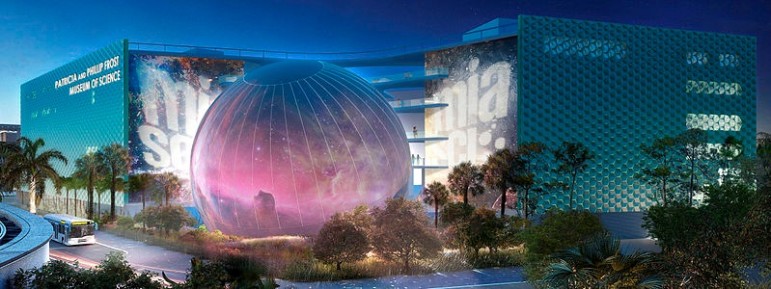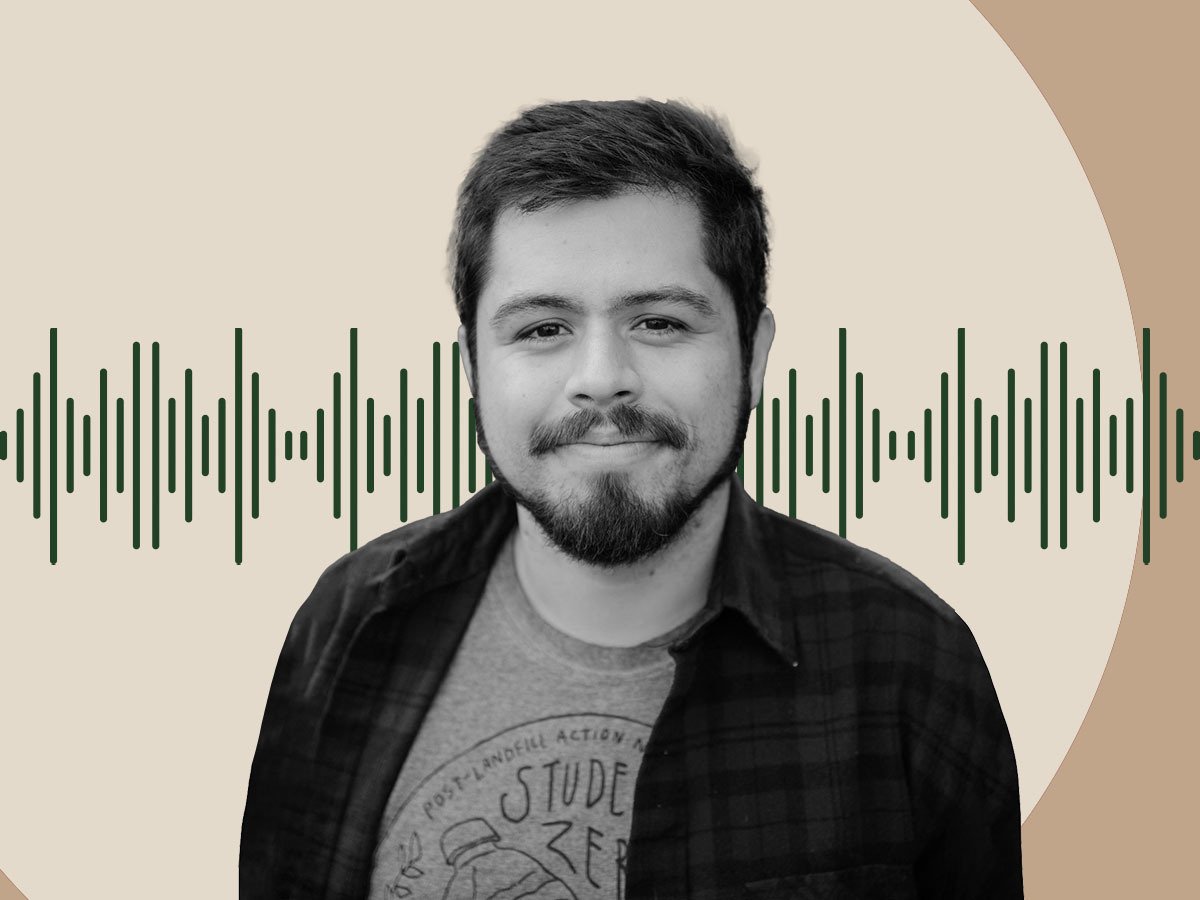
Last week, the 40-member board of the Frost Science Museum voted to resign, en masse, yielding to pressure from key funders and Miami-Dade County officials to reconstitute the board as a condition of continued public funding and a private bridge loan to cover construction expenses for the $275 million facility. A new board has been formed with only four members, with additional trustees to be added based on their “fundraising firepower.”
Patricia Frost—who along with husband Phillip have supported the project so generously that the museum has been named for them—is the only trustee to retain a board seat in the shake-up; one-time trustee Cesar Alvarez, senior chairman of the Greenburg Traurig mega-law firm, has been re-elected, along with Miami health-care entrepreneur Richard Pfenniger, and Phillip Frost. Two county officials are likely to be added soon, and the plan is to target others who can help to solve the museum’s financial woes. Long-term board co-chairs Dan and Trish Bell, “significant donors who have spearheaded the new building project, are out,” but will continue to serve as “chair emeriti” in an advisory capacity (whatever that means). Other former trustees will be invited to join new advisory committees.
As we reported last month, a fundraising shortfall and a major miscalculation regarding bank loans available to cover construction costs had the board and the county scrambling to find a way to keep construction moving forward so the new museum can open later this year. The former board is clearly being blamed for its inability to raise sufficient funds for the ambitious new facility, which includes both a planetarium and an aquarium. As reported by Andres Viglucci in the Miami Herald, “Some critics have also said privately the old board was too large and too unwieldy.” There are, of course, other ways to improve board effectiveness besides asking everyone (with one exception) to step down. But that approach—a condition imposed by the Frosts and by the county—has cleared the way for two funding strategies to move forward:
- Miami-Dade mayor Carlos Gimenez will ask county commissioners to make a one-time $45 million grant to the museum to help with the costs of completing construction; this will replace a planned 20-year annual operating subsidy, but will not require additional taxpayer support. The proposal could be ready for final approval in April.
- Phillip and Patricia Frost will provide a “bridge loan” for an unspecified amount at a “nominal” interest rate so construction can proceed until the county grant comes through.
The museum would still need a bank loan of about $40 million to complete construction, far less than the $105 million banks balked at last fall. And concessions would have to be made on some of the planned features of the museum, including a series of free outdoor exhibits, to shave about $20 million from the budget. The hope is that once the museum opens, additional donations will flow in, allowing the scrapped features to be added later.
Sign up for our free newsletters
Subscribe to NPQ's newsletters to have our top stories delivered directly to your inbox.
By signing up, you agree to our privacy policy and terms of use, and to receive messages from NPQ and our partners.
In a follow-up article in the Miami Herald, Douglas Hanks analyzes some of the lingering questions about this project and the use of public funds:
Gimenez’s reluctant election-year effort to rescue the Frost has highlighted a string of thorny issues—from the volume of tax dollars devoted to cultural pursuits in a city of harsh prosperity gaps, to the ability of Miami’s wealthiest to underwrite a world-class portfolio of concert halls, museums and other high-minded institutions.
It also has thrust Frost’s ambitions and planning into the spotlight, raising questions about how leadership allowed the venerable museum to flirt with financial ruin and why Miami-Dade officials were confident enough to green-light a groundbreaking without the money to realize a grand opening four years later.
The trustees of the Frost Science Museum were, of course, accountable for weighing those thorny issues, too, but did they? A 40-person board can be unwieldy, and accountability can be spread too thin. Nonprofit organizations need different types of boards at different times in their organizational lifecycles, and this nonprofit clearly needs a board that can help to close the funding gap and make good on the promise of a new state-of-the-art science museum for Miami. But the overnight “reconstitution” of the Frost’s board may, over time, present a new string of thorny issues—relating to governance (which is not synonymous with fundraising or naming rights), institutional memory and the delicate balance between board and staff leadership that is the hallmark of a successful nonprofit institution.—Eileen Cunniffe













